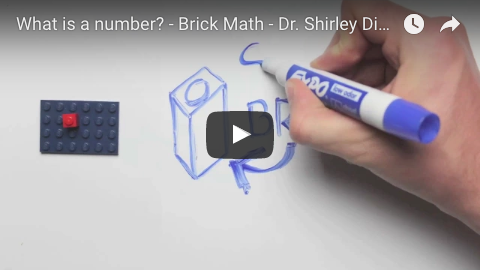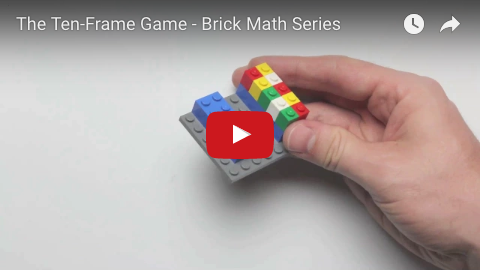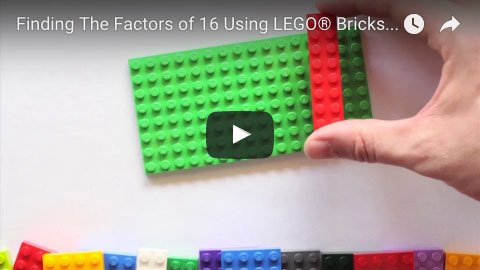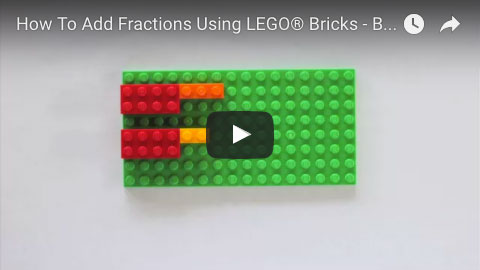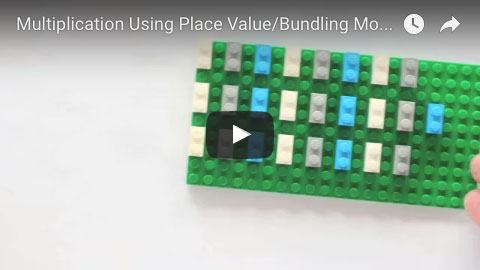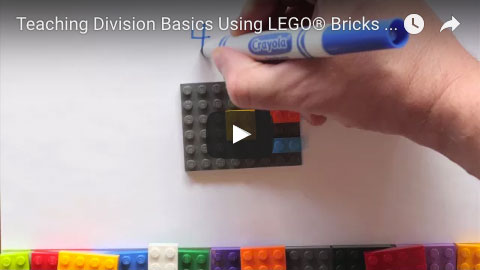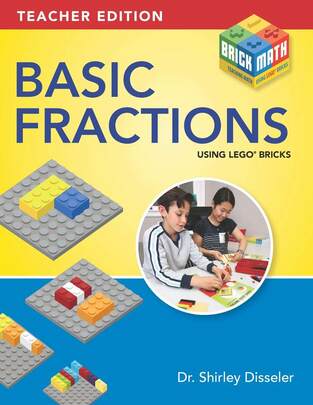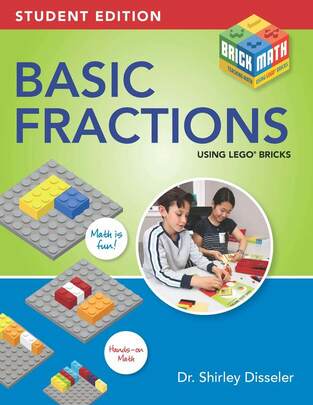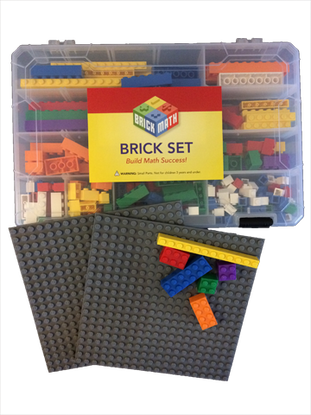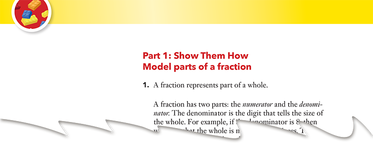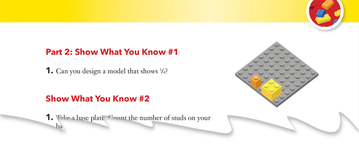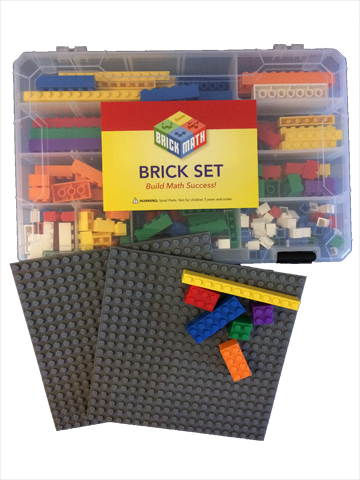Brick Math Curriculum for Teachers
Teachers who are looking for a better way to teach K - 8th grade math have found Brick Math. With Brick Math, students learn the K-8 math curriculum by modeling the math with bricks. The 13 math subjects in the Brick Math curriculum include:
When students are taught with Brick Math, they develop a deep understanding of the concepts that are the foundation of true mathematical knowledge.
Brick Math is a modular program, so it works as a complete curriculum, or you can take any of the content areas to use for remediation, for intervention, or for gifted learners.
Read FAQs to learn more about Brick Math.
Brick Math is a modular program, so it works as a complete curriculum, or you can take any of the content areas to use for remediation, for intervention, or for gifted learners.
Read FAQs to learn more about Brick Math.
Looking for a grant to fund Brick Math in your classroom?
Brick Math makes learning math fun!
Instructional Videos
|
Lesson uses bricks to introduce the concept of numbers and values
from Counting and Cardinality |
Lesson introduces the ten-frame model to help students think about numbers in the context of sets of 10
from Counting and Cardinality |
Lesson shows how to model factors of a given number
from Multiplication, Division, and Basic Fractions |
|
Lesson teaches how to subtract fractions with like denominators
from Basic Fractions |
Lesson teaches multiplication by modeling place value with bricks
from Multiplication |
Lesson introduces the concept of division
from Division |

